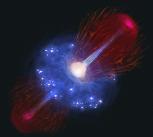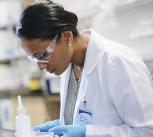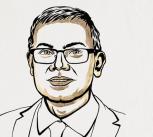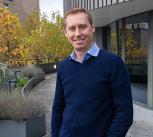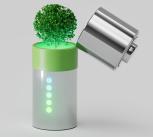From family archive to stage: The remarkable journey of ‘Not for a cat’ play at the Cambridge Festival
31 March 2025A recently rediscovered play, Not for a Cat: A Play for the Nuclear Age, will be premiering at the Cambridge Festival. The play was originally written in the 1950s by Wallace R. Harper, a student at the Cavendish Laboratory at the University of Cambridge in the 1920.





